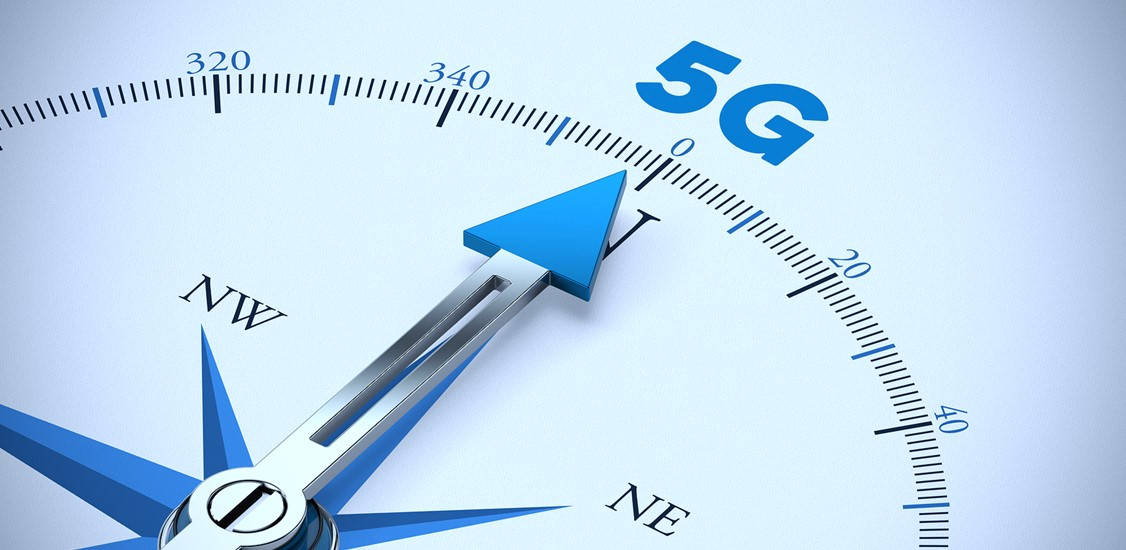Technology runs in cycles, and the predictions around it run in similar cycles. There are the years when predictions are wildly out of kilter with reality, as futurists get carried away with the promise of new technology. And then the years when the hype dies down, and reality and predictions start to meet. The crazier predictions are quietly discarded, and the rest are refined into something more sensible.
The latter seems to be true for 2020. 2019 saw the beginnings of 5G rollouts, and 2020 will see these rollouts continue - we’ve moved from predicting, into actually doing. The industry has been discussing 5G for three years, speculating about its impact, and 2020 will start to reveal what this actually looks like. Here’s a prediction about predictions: 2020 will see more mundane speculation than in previous years, simply due to us being closer to 5G reality.
#1: Operators may have to shift their messaging on 5G
Much of 5G marketing is as we might expect it to be. One operator is hyping it as offering speed “like you’ve never seen before”, with an “instant connection” to the content you love most. Another touts “ultra-fast speeds and ultra-low latency”. But the reality is that the main benefits of 5G are complex and not best communicated with such simple messages.
Network slicing remains one of the most compelling uses of 5G technology. By creating multiple end-to-end virtual networks than run on top of a physical infrastructure, operators can tune different network slices for specific needs to ensure they can meet the demands of different applications - for example, IoT applications, such as connected vehicles. It’s a potential game-changer for several use cases, but not exactly a compelling consumer message.

Gavin Hayhurst,
Product Marketing Lead,
TEOCO
In fact, to date, there’s no real evidence that consumers are terribly interested in 5G, and the current rhetoric claiming that the technology is offers faster speeds than ever before is unlikely to change that. Instead, we’ll see operators focus on enterprise customers as early adopters of the technology, and rather than emphasising the speed of 5G, we’re likely to see marketing focus on 5G benefits for specific use cases.
#2: Building on 5G network opportunities
If operators are to make the most of the 5G opportunity, they must look at what it enables. Building a better network is only part of the story - the world may beat a path to the operator’s door for access to 5G networks, but it will be those who build on top of these networks that stand to gain the most.
For example, smart building management requires integrating data from connected devices, sensors, services and applications. Operators have an opportunity here. Given that they will be required to manage masses of data to keep their 5G networks optimised, they will also be well-placed to assist with other areas where crunching similarly large data sets is necessary.
Operators should therefore be focused on building the means to handle and manage networks that produce unprecedented amounts of data, and if they’re smart they will use this technology to manage, orchestrate and analyse data for others. Smart building management is predicted to be worth nearly $20bn dollars in a few years, and it is those platforms that can scale to billions of data records per day and use open APIs to collect data from anywhere, that will be best placed to take advantage.
#3: New opportunities, such as e-sports
2020 will see Google make a big push with Stadia, its streaming gaming service. It’s an idea that’s been tried before with little success, and whether or not Google breaks this pattern will depend on its ability to get latency down to acceptable levels.
Gaming is a multi-billion-dollar industry, and the professional “esports” that are most demanding of networks has just tipped over the billion-dollar mark. In 2020, we expect to see operators start to build offerings that are dedicated to gaming, and partnering with the gaming giants that want their multiplayer games to be a success. 5G will mean that mobile networks are good enough for the most network capacity-intensive games, and while dedicated gaming slices may be more than a year away, 2020 will see operators start to position their networks as “gaming-ready”.
2020 must be a year of doing, not predicting or preparing. 5G rollouts are here, and operators need to make sure that their business plans are not only about building these networks, but the services that these future networks will make possible.




















